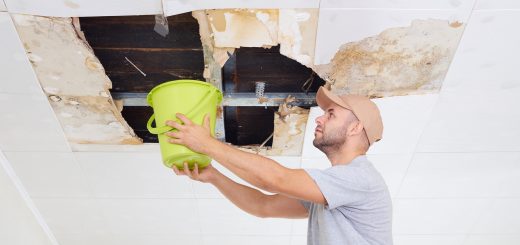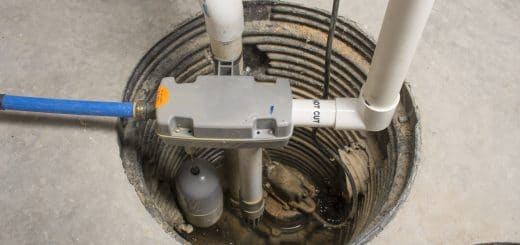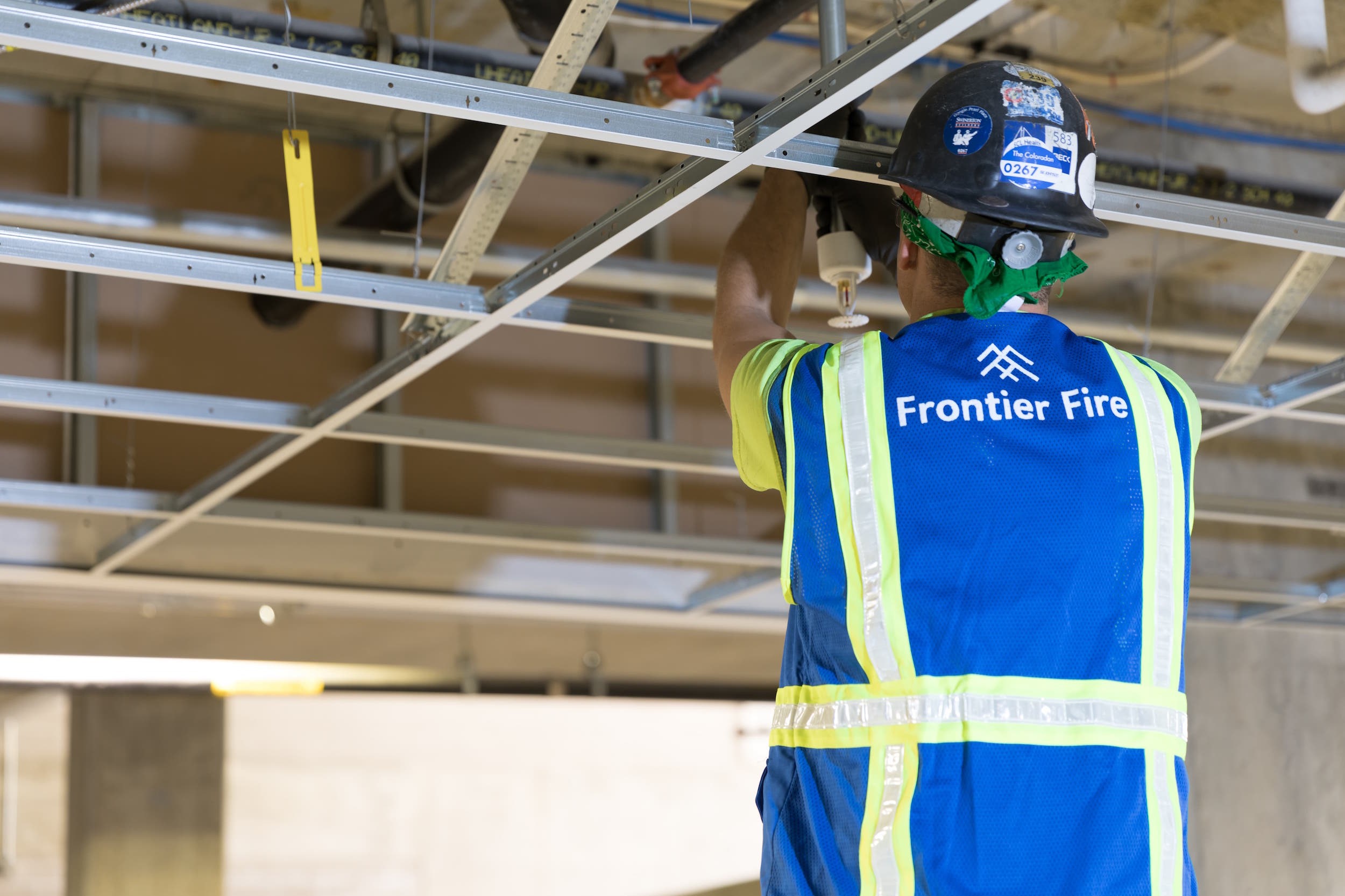Chimney Maintenance Basics for Homeowners
There is nothing better than cozying up by the fire on a cold winter evening. Your chimney plays an important role as it carries the smoke away from your home. Regular maintenanceMaintenance is the routine care, inspection, and repair of a... More is essential to ensure that your chimney is functioning properly. Here are some basic chimney maintenanceMaintenance is the routine care, inspection, and repair of a... More tips every homeowner should know.
1. Regularly Inspect and Clean Your Chimney
You want to clean and inspect your chimney at least once a year. The process can help prevent fires or carbon monoxide exposure. Hire a qualified chimney sweep to check the structureStructure refers to the framework or components of a buildin... More of your chimney. They will inspect it from top to bottom, looking for any damage or abnormalities. A proper examination ensures your family’s safety and saves you money on costly repairs.
Also, regularly clean your chimney to prevent creosote buildup. Move the cleaning brush up and down the flue to remove sootSoot is fine black particles composed of carbon and other ma... More. Then vacuum, starting at the top of the smokestack. Once you reach the firebox, use a long-handled brush to clean the smoke chamber.
Complete the process by vacuuming the entire firebox. While on the roof, inspect the exterior structure for any signs of damage. If you don’t feel comfortable with heights, consider hiring a professional.
2. Invest in a Flue Liner
A flue liner protects the interior walls from heat exposure and corrosion. There are multiple types of liners, such as clay tiles. These are the most common due to their affordability and they work well in open fireplaces. They can cost as little as $10 for a typical unit, plus the cost of installation. However, the tiles don’t absorb and distribute heat efficiently during a fire.
Stainless-steel flue liners are another option used to replace or repairRepair is the act of fixing or restoring damaged property, m... More chimneys. They are safer and more durable than other options. Yet, they can be on the pricey side. You can also use cast-in-place liners, which are lightweight, cement-like products. Regardless of the type you choose, make sure it properly fits your smokestack.
3. Add a Chimney Cap
A chimney cap covers the flue, preventing moisture, debris, and animals from entering. Some might have a spark guard to keep embers contained. Without a cap, the vent is vulnerable to the elements, such as heavy rain or snowfall.
Also, leaves can end up clogging your flue, causing a backup of carbon monoxide. The caps come in a variety of materials, such as galvanized steel.
4. Use the Right Wood
You only want to burn seasoned firewood in your fireplace. This type of wood has been dried for a long period and contains less than 20% moisture contentMoisture content is the amount of water present in a materia... More. A higher moisture contentMoisture content is the amount of water present in a materia... More can cause the fire to burn faster and produce more smoke. Plus, moldMold is a type of fungus that grows in damp or humid conditi... More can spread more quickly.
When building your fire, start with smaller pieces for kindling. Keep in mind you don’t want to use flammable liquids, like gasoline, in the fireplace. Instead, use a pre-packaged fire starter or pieces of newspaper. Before starting the fire, clear away any loose items from your hearth.
5. Put Out Your Fire Overnight
Make sure you extinguish the fire before heading to bed. Leaving a fire unattended can be a safety hazard. To put out the flames, use a fire poker to spread out the embers. Then use a fireplace shovel to scoop up the ashes and embers. Keep the process going until the fire is completely out.
6. Inspect Your Bricks
You should be sure to check your chimney bricks and mortar for signs of crumbling. Any weakness in the foundation can leadLead is a heavy metal that can be toxic to humans, especiall... More to costly repairs. You will need to replace the damaged bricks and repoint the mortar.
This will likely require you to hire a specialist with expertise in masonryMasonry is the craft or construction of structures using mat... More and/or foundation work. Ask for referrals, do your research, and speak with contractors to find the best company for the job.
7. Buy Smoke Detectors
Smoke detectors are essential for keeping your family safe. Consider finding one that will automatically call your fire department in an emergency. You should also invest in carbon monoxide detectors. Carbon monoxide can be odorless and is difficult to identify on your own. Be sure to test your smoke detectors monthly and replace any old batteries.
Tips for Properly Maintaining Your Chimney
Owning a house comes with many maintenanceMaintenance is the routine care, inspection, and repair of a... More responsibilities. And while chimneys add great charm to a home, they also come with their own set of tough love and care requirements. A properly cleaned flue keeps your family safe, so follow these tips to maintain your chimney in top shape.
Evelyn Long is the editor-in-chief of Renovated, a home improvement site with tips for homeowners and contractors.












